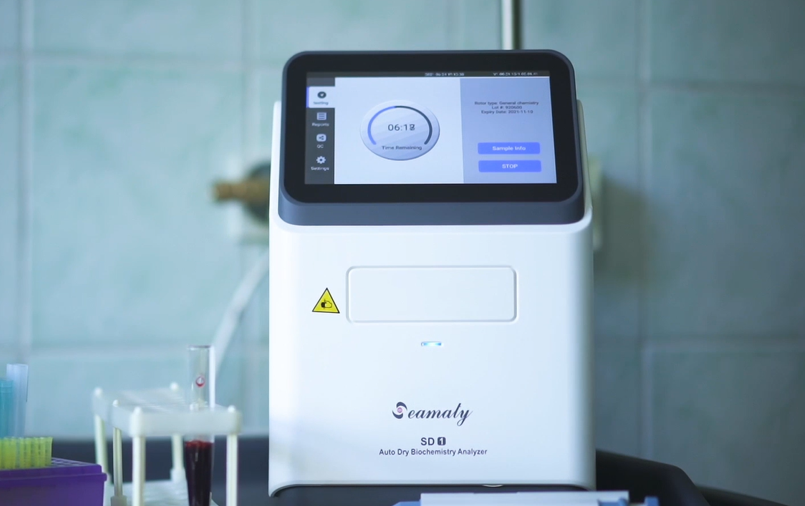release time:2022-07-06 11:50:19
A chemistry analyzer is a device used to test and measure the chemical composition of a substance. This can be anything from water to blood, and is an essential part of many laboratories. Choosing the right chemistry analyzer is therefore important, and there are many factors to consider.
The most important one is the type of samples that will be analyzed. Other considerations include accuracy, speed, cost, and ease of use. There are many different models on the market, so it's important to do your research before making a purchase.

2022-05-17
POCT is a segment of the IVD industry, and is one of the fastest growing segments of the IVD market in recent years. POCT devices has the characteristics of fast results and convenience (small amount of sample processing, simple operation).

2022-04-24
Biochemistry lab instruments have many instruments and equipment, the main equipment Spectrophotometer, ELISA Reader, Electrophoresis, Auto analyzer, Immunoassay auto analyzer, Flame Photo Meter, ABG analyzer,Semi-Autoanalyser, Electrolyte analyzer, ISE Electrolyte analyzer, HPLC,Nephelometer, etc.

2021-10-26
Diet affects a variety of substances in the blood. For example, the concentrations of glucose (GLU), triacylglycerol (TG), ALP and phosphorus. Eating a high-protein diet one day before the blood draw can result in high urea nitrogen (BUN) and uric acid (UA) results. The increase in lipid concentrations in the blood, especially TG, after eating can lead to a milky cloudy serum, which can interfere with biochemical measurements. This may result in high results for bile acids, proteins, calcium and phosphorus. The results of amylase measurements are low.